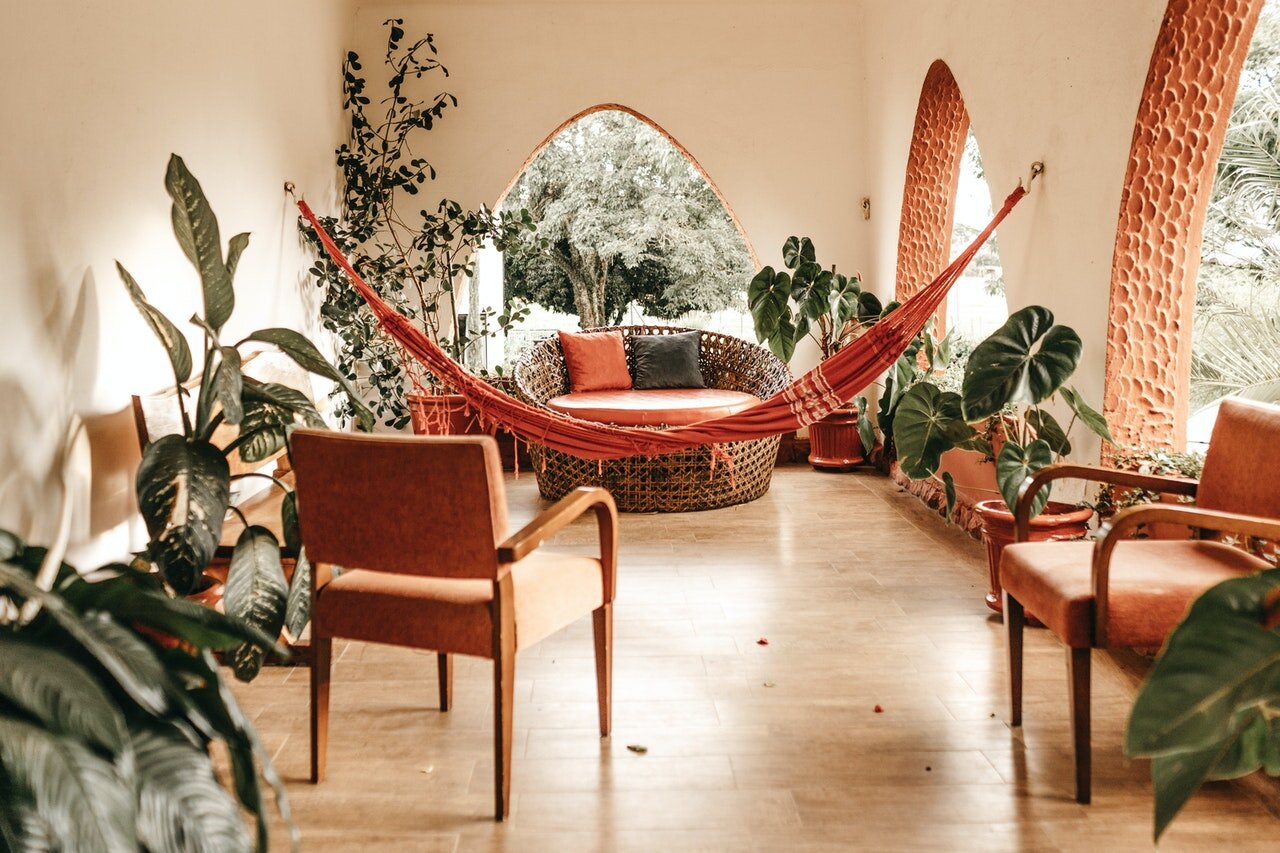According to a 2018 Nielsen survey, 48% of US consumers are willing to change their consumption to save the environment. These are the same consumers who spent almost $130 billion on sustainable fast-moving consumer goods.
This signifies that more and more people are willing to make changes to live a sustainable lifestyle.
However, going zero-waste does not have to be grand. If you follow the tips listed below, you can get started doing your part in saving the environment.
Decorate with Plants
If you feel like your house is drab, consider adding indoor plants.
For one, they add color to your home decor. Second, indoor plants are believed to help purify indoor air. Because in case you do not know, the air we breathe at home is also filled with pollutants.
What's cold about having indoor plants is that you do not have to use a chemical-laden air freshener. Thus, you are reducing your risk of incurring respiratory health issues.
Make a Rain Garden
A rain garden is a shallow depression designed to help flowers, grasses, shrubs, and plants grow in wet conditions. It is also meant to collect rainwater, allowing the ground to seep it back. Doing so slows down the runoff rate while using the plants or vegetation to filter the water pollutants.
It is a moderate infiltration method that can filter various pollutants. A rain garden also helps the pollutants break down in the soil instead of flowing through the drains and the water system.
But other than that, a rain garden also serves as an ornamental decoration. So, you get to beautify your house while helping save the environment.
Create Your Compost
Composting is an efficient and environment-friendly way of reducing your kitchen waste. That's because it allows you to turn your food scraps into fertilizer.
What happens is that you save your food scraps and add them to your zero-waste kitchen composting bin. The bacteria and other microorganisms break it down and transform it into dark and crumbly fertilizer. You can then use the fertilizer for your backyard vegetable garden.
Hence, you are making a circular economy from your kitchen.
Cook Intelligently
Other than green cleaning, green cooking is also becoming a popular trend for sustainable living.
Green cooking is simply the process of cooking in a more environment-friendly manner. This includes the following:
Buying in-season and local produce from the farmer's market
Conserving energy while cooking
Making the most out of your ingredients
Composting your leftover
If you are unsure how to get started with green cleaning, here's a quick tip: Shorten the food chain.
Meaning, buy locally sourced products as these likely consume less gas from the farm to the market to your table.
Repurpose Old Furniture
If you are thinking of sprucing your house, we suggest that you repurpose old furniture pieces.
An affordable way to do that is through upcycling. For instance, you can transform an old oak door into a dining table. Another is to upholster your stools using an old shirt.
The rationale behind this is to reduce as much waste as you can while beautifying your space.
If you have the budget, though, you can spend on customized furniture pieces using refurbished wood and other materials.
Add Window Treatments
These days, being eco-friendly is no longer limited to individual efforts. There are now brands and companies that allow people to start with their zero-waste journey. This includes your window treatments.
Here's the thing: A house can lose up to 30% of heating energy through your windows. But when you install window blinds, for example, it can help regulate the indoor temperature.
As a result, your heating, ventilation, and air conditioning (HVAC) system does not need to exert much effort to warm up or cool down your home.
Optimize Water Consumption
Next to air, water is an essential factor for the preservation of life. Water is a limited commodity that, if not handled properly, will result in a shortage of resources.
That said, you should consume water efficiently.
Having a rain garden is one of them. Another is replacing your toilet with ultra-high efficient models. Such toilet models limit your water usage runoff, ensuring that you only consume 1.28 gallons of water per flush. As a result, you get to save around $150 per year.
Get Solar Powered
If you are willing to invest in having a sustainable home, consider installing solar panels. Doing sp allows you to reap the following benefits:
Reduced monthly bills
Get rebates from collected SREC
Increased property value
Other than that, solar-powered homes are environment-friendly. That's because you are turning sunlight, a renewable resource, into energy. Doing so reduces your need to rely on fossil fuels to power your home.
And we all know that fossil fuels emit carbon dioxide and other greenhouse gases, contributing to global warming.
The key to having a sustainable home is to be conscious of what you consume and send to the landfill. So, not being able to afford solar panels should not be an excuse to not do your part in saving the environment. And the tips listed above include budget-friendly and cost-effective ways you can have a sustainable home.
Author Bio: Robert Helms is a freelance writer based in a NYC. When not writing for clients, he spends most of his time on DIY projects that can make his 800 sqft. apartment a home.



